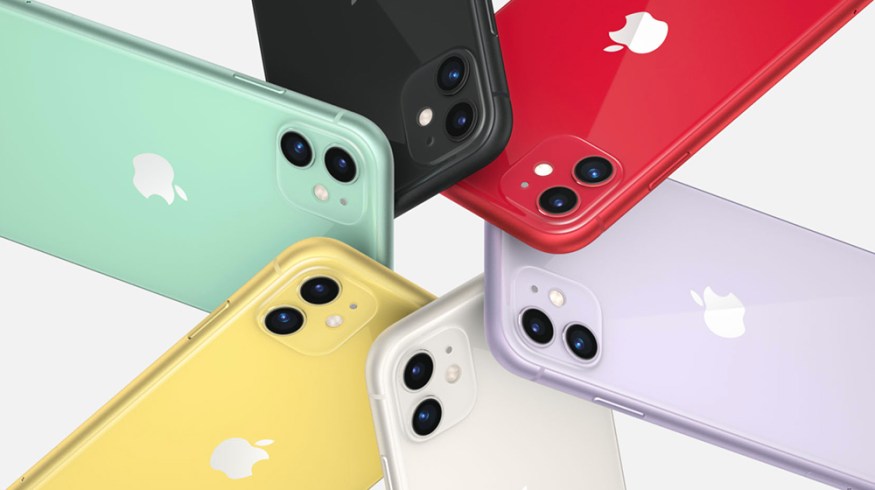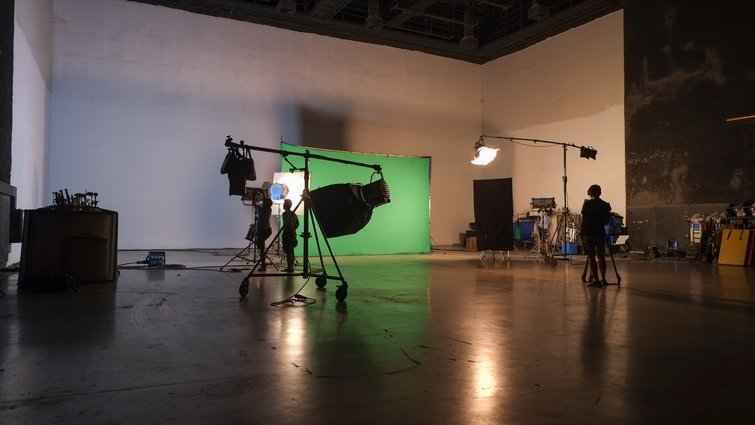
5 Tips to Maximize the iPhone 11’s Filmmaking Capabilities
The iPhone 11 looks to be a game changer for smartphone videography. Here’s how to truly unleash its filmmaking potential.
The concept of using a top-of-the-line smartphone to shoot big budget narrative features meant to be shown on cinema screens is still pretty insane, when you think about it. Yet, here we are in 2019, and not only has this been happening more and more, but technology is still continuing to outpace itself with its near-yearly breakthroughs.
The iPhone, in particular, has been a leader in these efforts, and filmmakers like Steven Soderbergh have already made use of iPhones in the past (the iPhone 8 for his feature High Flying Birds and the iPhone 7 Plus for Unsane).
Now Apple has outdone itself once again with its latest iPhone 11 (for this article we’ll focus on the iPhone 11 Pro and iPhone Pro Max) and its next-level video camera technology. Until it is surpassed (likely next year), this iPhone 11 represents the latest and greatest filmmaking smartphone on the market.
So, if you’re looking to make the investment for your next film project (or just looking to make the most cinematically beautiful Tik Tok videos ever), here are five tips to truly maximize your iPhone 11’s filmmaking capabilities.
Understand the Cameras
Similar to the iPhone X, and other smartphones of the past few generations with dual camera technology, the iPhone 11 has two cameras. But, it has also added a new ultra-wide camera to the mix for even more coverage. In total, this gives the iPhone 11 Pro the following:
Telephoto Camera
- 12MP
- 52 mm focal length
- Larger f/2.0
- 6-element lens
- Optical image stabilization
- Focus pixels
Wide Camera
- 12MP
- 26 mm f/1.8
- 6-element lens
- Optical image stabilization
- 100 percent focus pixels
Ultra Wide Camera
- 12MP
- 13 mm f/2.4
- 5-element lens
- 120-degree field of view
These three lenses together give some of the most comprehensive in-smartphone coverage of any offered on the market. It also provides a solution for capturing that near-fisheye ultra wide cinematic-looking footage with its new third camera, which can be seen in this video by filmmaker Rian Johnson:
And, technically speaking, with the iPhone 11’s front-facing “selfie” camera you’re actually getting four cameras on one device. This begins to matter when the iPhone 11 is used with partner program Filmic Pro for capturing and utilizing multiple angles at once. Over on Shutterstock Tutorials, Rubidium Wu takes a look at what to expect when shooting a feature on the iPhone 11 Pro compared to a cinema camera like the Canon C200.
Stabilize with Tripods and Gimbals
So, your first real additional step for maximizing your iPhone 11 — after simply understanding the multiple cameras at your disposal — will be to solve the problems of stabilization. While in-camera auto-stabilization is still making some very impressive advancements, it might be asking too much to use a hand-held for most of your filmmaking projects.
Luckily, third party stabilization options for smartphones are also abundant and quite affordable these days as well. Here are a couple options that should work with the different iPhone 11s:
For gimbals, the popular DJI Osmo Mobile 3 is an industry leader. And, while reports of the Mobile 3 not quite fitting the iPhone 11 Pro or Max are coming in, you can rest assured that DJI will have options soon.
Lighting Options and Rigs

Image by Niphon Subsri.
A couple of things to note. One, while the iPhone 11 does finally offer some impressive low light and “Night Mode” technology, it doesn’t mean you should make a habit of shooting cinema-quality footage without the use of additional lighting sources.
And two, while filmmakers like Steven Soderbergh or Sean Baker on Tangerine did shoot with iPhones, they also still used industry standard lights for the majority of their production. Lighting matters! As such, the best options for lighting scenes when shooting with your iPhone 11 will be using the same lighting solutions you might use on any regular project. And, if you’re looking for resources, help, or inspiration, here are some articles to read up on:
- Lighting 101: A Quick Guide for Lighting Film
- The Simple, Stable Solution to Rigging Your Lights Anywhere
- Video Tutorial: Create a DIY Wireless China Ball Light
However, if you really want to push your iPhone 11’s capabilities in or on camera, these iPhone ring lights are quite popular. Keep in mind they are mostly used for selfie-style recording.
Other Audio Options
Similar to lighting, audio becomes a big concern for any smartphone-shot film projects. It’s also similarly solved by following the same production procedures that you’d find for any other type of filmmaking with DSLR, mirrorless, or cinema-level cameras. Your audio will only be as good as the effort you put into it. And, good audio requires at least one or two individuals dedicated to capturing audio with boom mics, lapels, and a solid audio recorder that can be monitored and reviewed for every shot.
Here are some good audio recording resources:
- The Indie Filmmaker’s Guide to Recording Audio
- 9 Things You Should Check Before Recording Audio
- Audio Tip: How to Get Good Sound on Every Budget
Again, there are options which can work directly with your smartphone. And, while these will help, be careful to not rely on them too much in favor of using audio recording in more traditional filmmaking ways.
Smartphone Editing Options
One area that is actually advancing fast enough to compete against traditional filmmaking practices are the much improved and impressive smartphone editing apps and options. While you’re still probably best served transferring your iPhone 11 footage to a laptop or PC to work in your NLE editing platforms of choice, there are more and more options out there for editing in-smartphone, making run-and-gun projects much more possible than ever before.
Here’s a full list of options with information and reviews to consider.
Top image via Apple.
For more smartphone filmmaking tips, tricks, and guides, check out these additional articles below:






